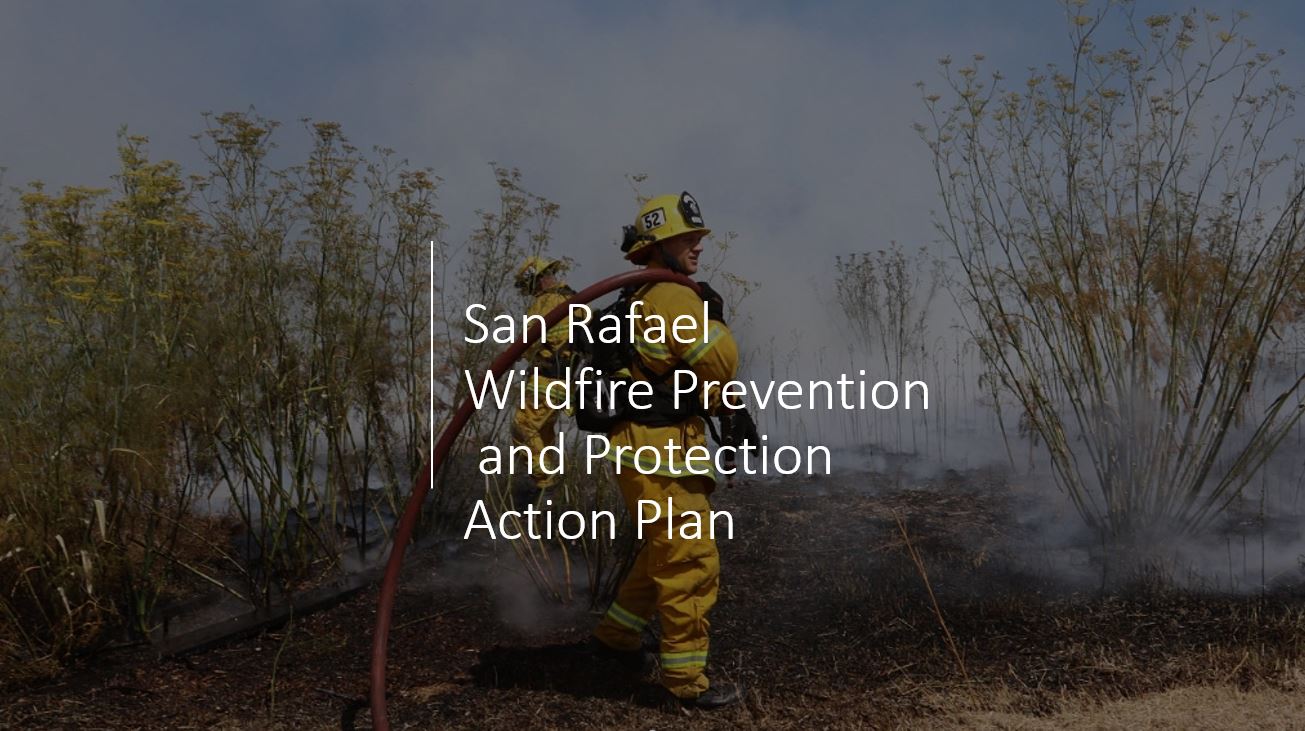
What is it?
The San Rafael Wildfire Prevention and Protection Action Plan, passed in August 2020, outlines various goals to proactively and aggressively address the growing risks associated with wildfire. The primary objectives of the plan include the following:
- Ordinance changes to mitigate wildfire risk
- Additional staffing, funds, and resources to address hazards
- Expanded and new public outreach and education
- Expanded and new fuel reduction
- Expanded and new preparedness efforts
- Improving and increasing vegetation management plans (VMPs)

